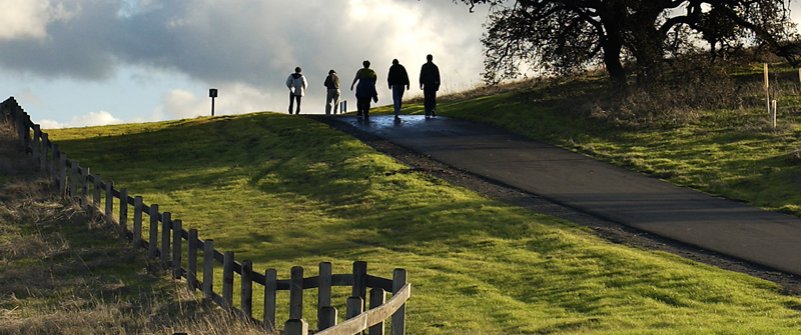Progress
Stanford incorporates sustainability practices and innovation into every aspect of campus life. The university has undertaken major ongoing initiatives to reduce energy and water use, apply stringent environmental standards to all new buildings, encourage sustainable living, promote low-impact transportation, conserve natural resources, and decrease waste, despite campusgrowth. An analysis of absolute values over time demonstrates this commitment. Stanford continues to analyze the effectiveness of its sustainability programs and identify opportunities for improvement. For a full review, please view the Sustainability at Stanford: A Year in Review 2014–15 annual report. A quick summary is provided below.

Individual Impact: A Look at Per Capita Consumption
In addition to tracking absolute consumption and intensity trends, Stanford considers annual per capita resource use. As the university continues to grow to support its academic mission, responsible growth is both a priority and a tool for informing long-range strategic planning. Stanford is dedicated to driving resource conservation at the individual and operational levels, and the suite of efficiency and conservation programs implemented by the Department of Sustainability and Energy Management and its partner organizations ensures that each individual footprint shrinks. Per capita consumption dropped slightly from 2013 to 2014 in most categories; in all categories, it has decreased significantly since the baseline year.






